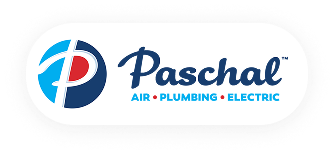Want to save with Paschal? Don’t miss our current offers and specials

Want to save with Paschal? Don’t miss our current offers and specials
Discover our extensive library of Paschal resources to help keep your home running smooth.
Schedule ServiceElectrical Panel Safety: Which Brands Are Risky and What Homeowners Should Do
How to Replace a Honeywell Thermostat Battery
Plumbing with Purpose: How Paschal & the United Partnership of Plumbing Contractors Are Changing Lives in OKC
Mold in Air Ducts: 8 Signs, Why It Happens, and Exactly What to Do